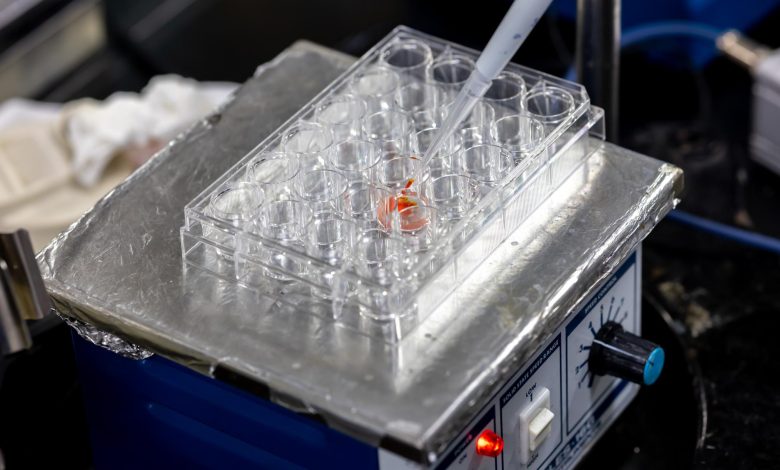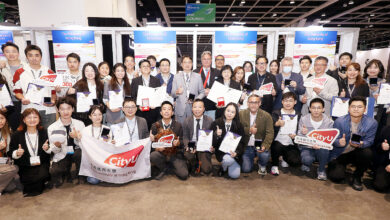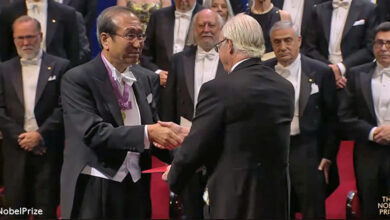Researchers at Monash and Osaka University Discover Sensory Neurons’ Role in Tissue Regeneration

Researchers from Monash University and Osaka University have published findings that underscore the significant role of sensory neurons in tissue repair and regeneration. This study, which involved collaboration with Professor Shizuo Akira from the Immunology Frontier Research Center (IFReC), was led by Associate Professor Mikaël Martino from Monash University, who also holds a position at Osaka University. The results appeared in the journal *Nature*.
Interactions Between Nervous and Immune Systems
This research sheds light on the intricate interactions between the nervous and immune systems, particularly focusing on the involvement of sensory neurons in tissue regeneration. While nociceptive sensory neurons are typically associated with pain perception, their contribution to tissue healing has not been thoroughly explored until now. The study indicates that the removal of a specific subtype of sensory neurons expressing the Nav1.8 ion channel results in impaired skin wound healing and muscle regeneration following injury.
Role of Sensory Neurons in Healing
Findings show that these sensory neurons extend their endings into damaged tissue and engage with immune cells through the neuropeptide calcitonin gene-related peptide (CGRP), which plays a crucial role in facilitating tissue healing.
Promising Preclinical Models
In preclinical models, including mice lacking sensory neurons and diabetic mice with compromised peripheral nerves, the administration of a modified version of CGRP showed promise in enhancing wound healing and stimulating muscle regeneration. These findings are expected to be significant for regenerative medicine, particularly in addressing tissue repair challenges commonly encountered in diabetes.
Future Directions in Regenerative Medicine
The research team intends to pursue new therapeutic avenues that address the fundamental issues associated with impaired healing by leveraging neuro-immune interactions.
For further information, the full study can be referenced via its DOI: https://www.nature.com/articles/s41586-024-07237-y.
(Source: Osaka University)




